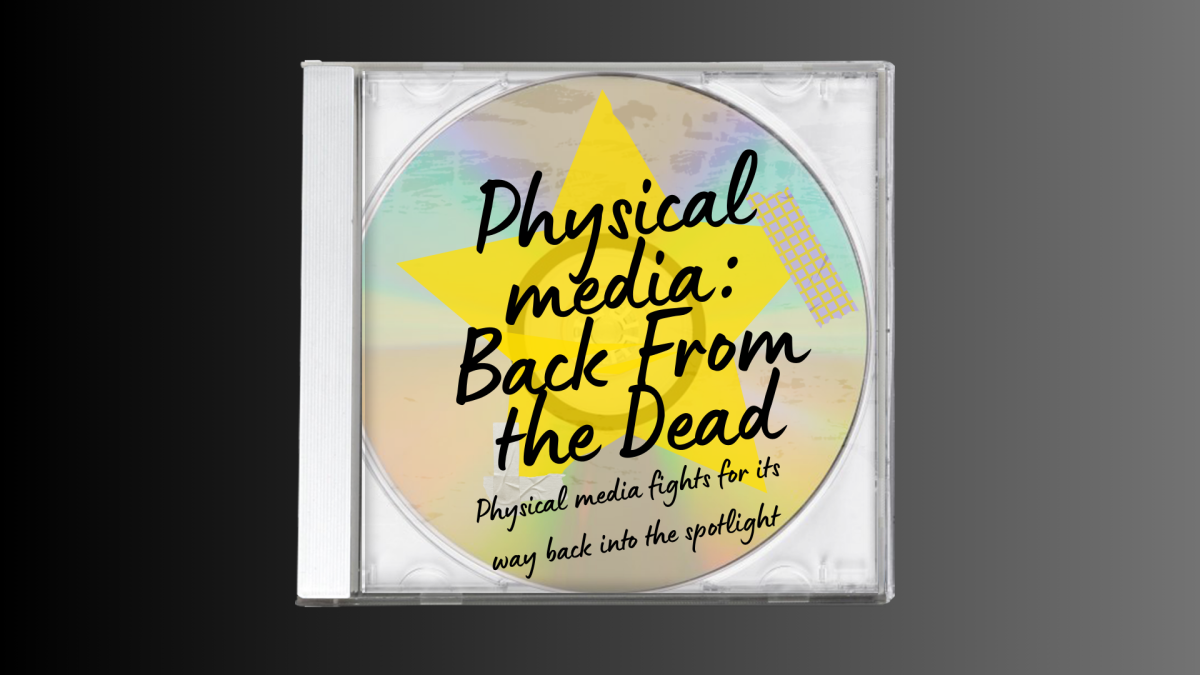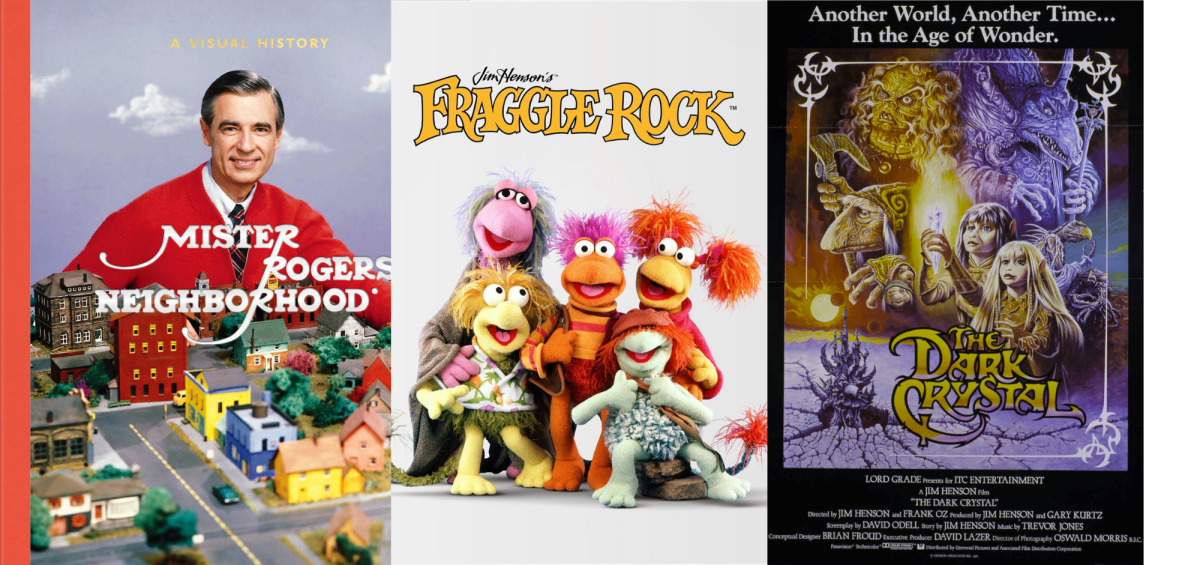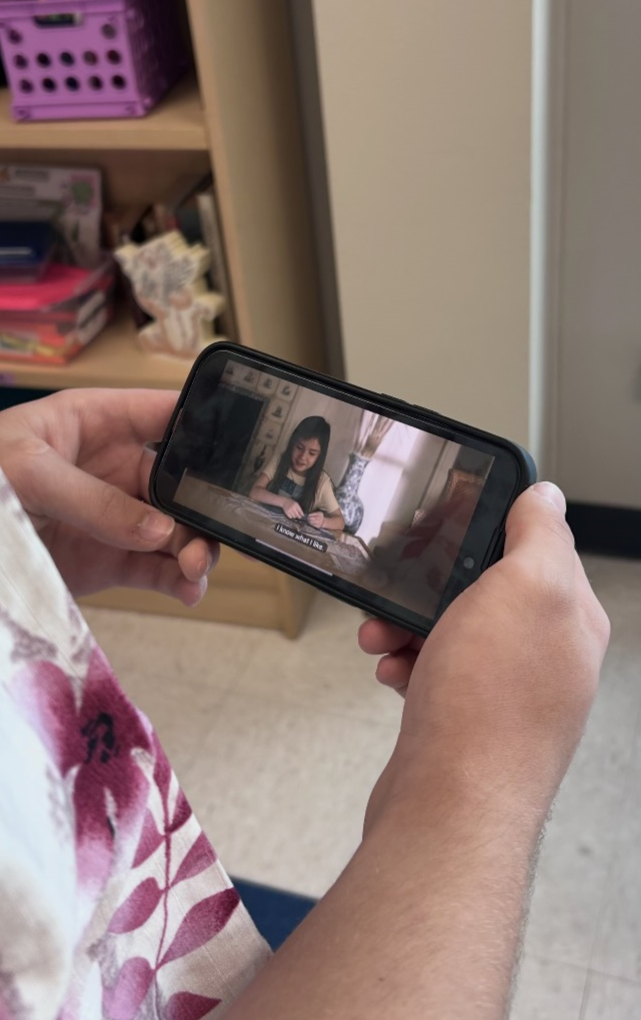A little while ago, I wrote about Mozart! Das Musical, a German-Language musical about Austrian composer Mozart. This was my first entry into the world of non-English theater, and I loved it.
Recently, I discovered another international musical, this one French, named Notre Dame de Paris — most recognizable in the U.S. as The Hunchback of Notre Dame. I can easily say this is the most abstract piece of theater I’ve watched, but also, incredibly thought-provoking and engaging.
Notre Dame de Paris is a stage adaptation of Victor Hugo’s 1831 novel of the same name. Most of our familiarity likely comes from the Disney animated version, which while a strong movie, is not faithful. However, Disney’s movie is not the only adaptation to fundamentally change the novel.
Originally, Hugo’s book was not about the characters so much as the setting. “Notre Dame de Paris” was intended to revitalize interest in the cathedral itself, and all of historic Paris. It was a novel in which the setting operated as a backdrop and a character itself. It wasn’t until later interpretations that the melodrama of the characters became the narrative core — at the same time gaining themes about justice, racism, ableism, and social revolution.
In this way, the musical Notre Dame de Paris exists somewhere in between its original text and its contemporary perception.

Notre Dame de Paris, narrated by the character of Gringoire (Bruno Petellier), focuses on an ensemble of characters whose lives collide while living in Paris. The primary action begins when a group of Romani — lead by Clopin (Luck Mervil) — seek asylum in Paris. Among them is young Esmeralda (Hélène Ségara), who quickly becomes the obsession of three men — the bellringer of Notre Dame, Quasimodo (Garou); the captain of the guard, Phoebus (Patrick Fiori), and a leader of the Catholic church, Frollo (Daniel Lavoie). As the characters’ desires conflict with the larger politics of the time, they each must decide what they want and what they are willing to lose.
Inside this framework, the characters both represent people and larger ideologies. Part of this may be the result of reading translated lyrics, but many of the songs are not overtly related to the immediate plot of the story. Even the songs that do exist to move the action forward contain musings about the meaning of life, love, and change. Both acts of the show are ushered in by explorations of philosophy and broader ideals — they express beliefs/hopes on the world at large rather than their specific lives or situations.
This is particularly noticeable in the way characters sing about one another. The trio “Belle,” sung by Esmeralda’s admirers: Quasimodo, Phoebus, and Frollo, focuses on her as an ideal of femininity or an object for love or lust. Similarly, Quasimodo is seldom referred to by his name and is often reduced to his job-description, painting his existence as inconsequential, something that describes many of France’s laborers. Clopin and Gringoire are subject to something similar, referred to diminutively and often derogatorily — especially Clopin who is often racially targeted.
The only two to escape this treatment are Phoebus and Frollo, who are shown respect and given use of their full names. In addition to highlighting their frequent antagonism towards the others, this decision also appropriately explores the broader context in which the story is taking place. Frollo and Phoebus are the only two with true power in their world, and thus the narrative treats them with authority rather than as objects for the plot to use.
This message is furthered by the story being told in French. French is a nebulous, complex language. There is of course, French from France. Then, there is Quebecois French, spoken by French-Canadian citizens. Important to remember, French also exists all over the world in previous French colonies. This includes Haiti, in which the language Haitian Creole is partially composed of French. Many African countries including: Cameroon, Madagascar, Burundi, Mali, and Niger, among others, also speak the language or have it as one of their official languages.
Thus, French is an inherently political language, and Notre Dame de Paris interacts with this by showing the different treatments of the characters. In a way, it is asking the audience: Who gets to speak French? And in doing so, also asks the audience: Who receives asylum?
8/10 would be enthralled by the artsy revolution again
Further breakdown:
Writing Quality: 9/10 Enjoyability: 8/10
Pace: 7/10 Visual elements: 10/10
Plot development: 8/10 Insightfulness: 9/10
Characters: 8/10







